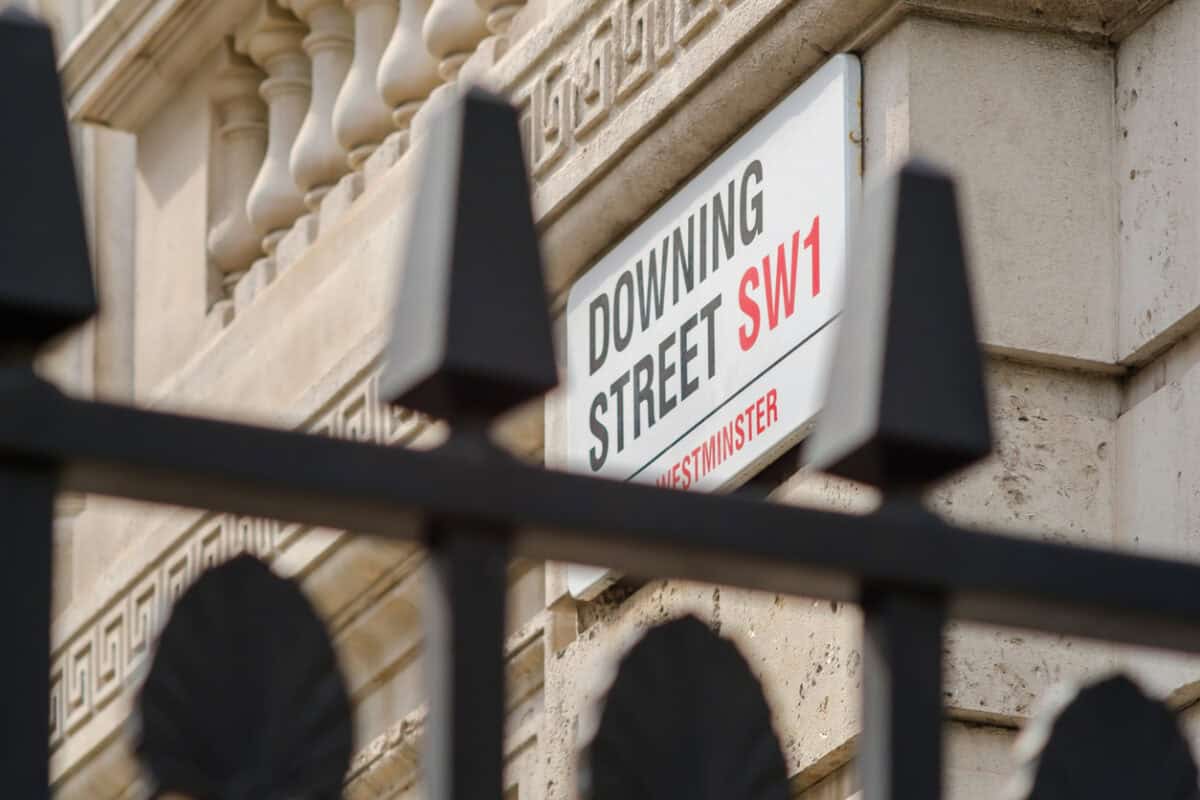I don’t believe that International Workers Memorial Day (IWMD) or the World Day for Safety and Health at Work should be held on any day other than April 28 each year. I don’t think Christmas should be moved or ANZAC Day. All these days are of significant cultural importance in Australia, and each of these dates has been set for the last few decades in the case of IWMD and ANZAC Day, and centuries for Christmas. Commemorating International Workers’ Memorial Day on a different day places logistical reasons and convenience above the significance of the day and the message it gives to the community.
Continue reading “Workplace deaths are convenient for no one”The Spiritualism of HR
“Trust us” is one of the riskiest phrases anyone can use. It may be even riskier to accept it. In workplaces, it is often the start of a relationship, but it can also be the start of betrayal. Part of the risk in starting any new job is that new employees must accept their introductions in good faith, and most introductions are handled by the Human Resources department but is that faith misplaced? Recently, one socialist journal from the United States (yes, the US has a socialist sub-culture …. for the moment), Jacobin, included an article about HR in its religion-themed edition (paywalled).
World Day of Health and Safety – Climate Change
The need for occupational health and safety (OHS) to adapt to the changing (deteriorating) global climate has long been discussed. This discussion may spike later this month with this year’s World Day of Health and Safety theme, the somewhat fatalistic “Ensuring safety and health at work in a changing climate“. Rather than look closely at the ILO global report on this issue, clearer discussion may be found in the latest edition of HesaMag with its special report on “Workers and the climate challenge” from the European Trade Union Institute.
Is HR the problem or the solution?
Occupational health and safety (OHS) professionals often report to the Human Resources (HR) manager. This makes sense to those who create organisational and reporting structures, but it also implies that OHS is a subset of HR and that worker health and safety is a subsidiary of personnel management. OHS and HR have a tense relationship in workplaces and professionally, but modern work presents hazards and injuries that need a coordinated response.
To reach that point of cooperation, understanding, mutual respect, and the sharing of power, we need to try to understand what HR does.
UK’s fit note initiative is a short-term attempt at a fix
On April 19 2024, United Kingdom’s Prime Minister Rishi Sunak made a major speech about welfare reform and mental health. The UK has a strong tradition of public health support through its National Health Service, which always seems to be underfunded and under-resourced but holds huge cultural and medical significance in the community. Mental ill-health has increased enormously over the last decade, as it has in countries like Australia, which is currently undergoing significant industrial relations reforms. However, what is missing from the PM’s speech and some of the subsequent analysis is that work is controlled by employers, so what does PM Sunak expect employers to do to help?
The occupational context of burnout is largely missed in this new book about exhaustion
Burnout continues to have its moment in the sun. It is the cover story of the February 2024 edition of Psychology Today and is a major theme in a new book about exhaustion. The World Health Organisation’s (WHO) declaration of burnout as an “occupational phenomenon” is downplayed or ignored in both publications.
The fluctuating grey zone of compliance
The occupational health and safety (OHS) profession operates within the legislative context of “so far as is reasonably practicable“, that band of compliance, that non-prescriptive, performance-based flexibility offered to employers to encourage them to provide safe and healthy workplaces. It could be said that OHS was easier forty years ago because the compliance band was thinner, and in some cases, compliance was determined by specialist OHS inspectors on the day of the visit.
Today, that compliance band fluctuates and can be affected by community values and expectations, as shown in a recent discussion about sexual harassment at Australia’s Fair Work Commission.






